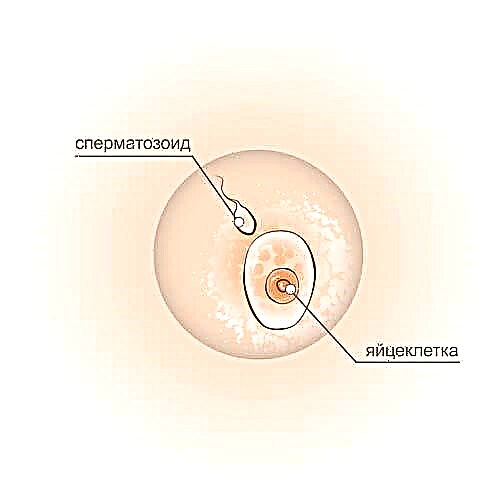The height of a newborn baby, like its weight, often worries parents. This is not surprising, because it is often by them that they judge whether everything is fine with the baby.

WHO data
Several years ago, WHO issued new table-based growth rates for children. The data that was used before was collected a long time ago, and contained information about babies who ate formula.
Research has shown that babies who receive milk grow and gain weight slightly more slowly than babies who receive formula. The appearance and spread of overestimated standards for weight gain and growth is harmful, since such high rates can contribute to overfeeding babies receiving the mixture.
Growth table
The height of a newborn baby in the table compiled by WHO is different for girls and for boys. The table contains several columns that show the child's height from very short to very tall. Both very low and very high growth are quite rare and are an indication for a full examination of the child, possibly for identifying diseases and prescribing treatment. So, the average height for girls delivers 46.1 cm, a very short height - 43.6 cm, a very tall height - 54.7 cm. Same data for boys are 49.9 cm, 44.2 cm and 55.66 cm respectively... WHO collected data on term babies, in addition to analyzing the growth of the newborn baby, head circumference and weight were also assessed.
[sc: rsa]

Immediately after the birth of the baby, doctors determine the ratio of height and weight (this parameter is called "Quetelet index"). By it, the doctor judges the development of the child before birth: whether he received enough nutrients, whether he developed well. To determine the index, the weight and height of a newborn child are needed, a table with these data, by which the indicators are compared. The weight of the newborn is divided by the height, a two-digit number is obtained (the normal range is 60-70). All this is true only for a child who was full-term and born on time. For premature babies, developmental indicators will be different.
Particular attention is paid to growth during the first year of a baby's life. It is believed that it is the growth of the baby that is greater than other parameters that indicates the development of the child; when calculating, formulas are used that take into account the child's age, height, and sometimes weight. It is believed that a child with good development gains about 25 centimeters in the first 12 months.
What affects a child's growth?
What affects growth? First of all, heredity: for tall parents, children in the first year of life may be higher than their peers. Growth may lag behind due to poor nutrition (insufficient, not for age, unbalanced), as well as due to some possible developmental anomalies, which can be established by additional examination.
So, growth is one of the indicators of a baby's development, which says a lot both after the birth of the baby and after it. It is important to determine the height, more precisely, to correlate the height and weight, therefore, the pediatrician during the planned premises of the polyclinic necessarily measures the growth and weighs the baby. If growth is lagging behind or slightly ahead of it, don't worry, it's perfectly normal. If the discrepancy is large, a doctor will help to establish the reasons and choose a treatment, if necessary.
And, of course, do not forget that numbers are good, but the most important thing is the well-being of the baby, his physical development.
Related article:
- Newborn baby weight
- The rate of weight gain in newborns



